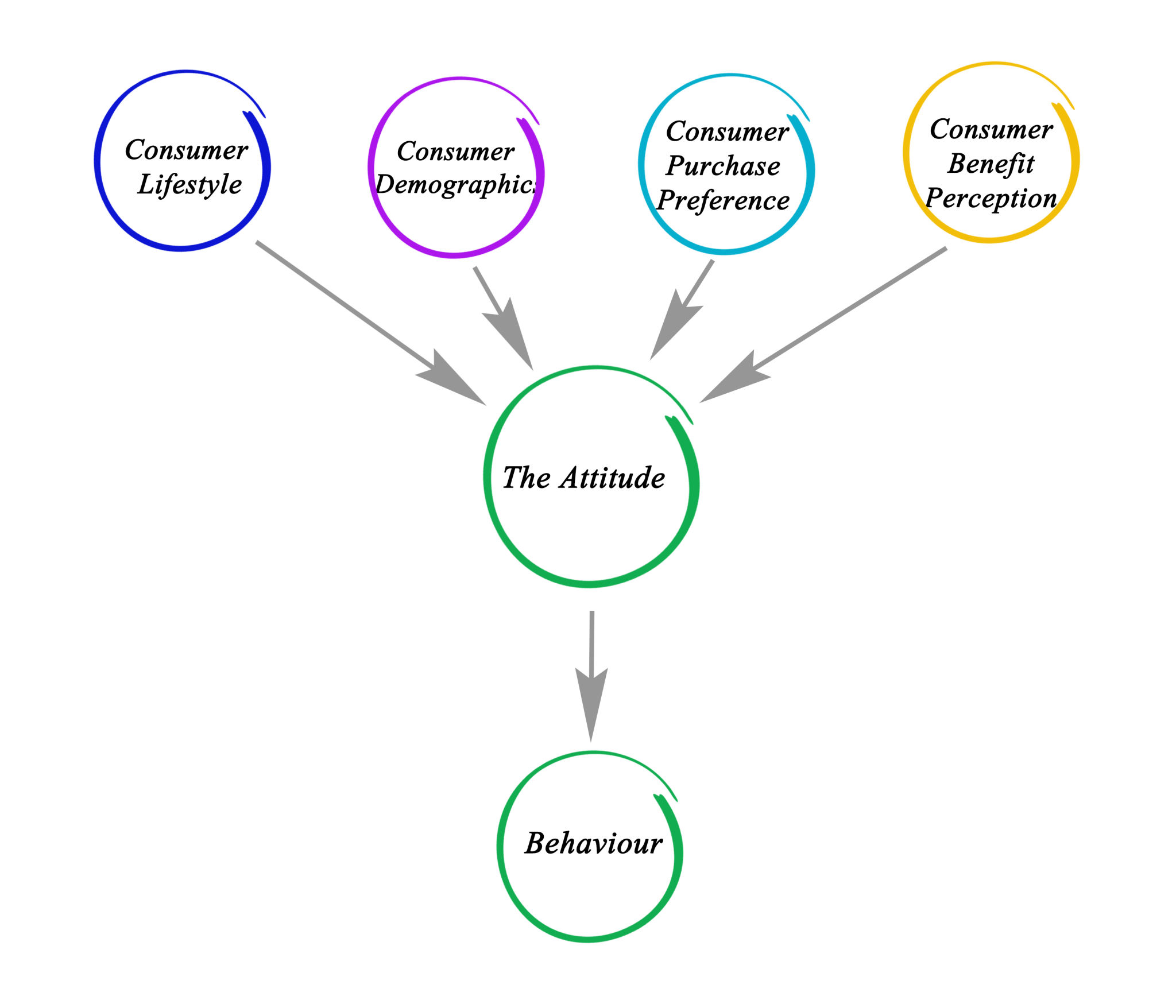Data Science and Analytics: Bridging the Gap Between Theory and Practice
Understanding the Theory of Data Science
Data science is a multidisciplinary field that uses various methods, algorithms, and systems to extract knowledge and insights from structured and unstructured data. It combines aspects of mathematics, statistics, computer science, and domain knowledge to analyze data and forecast future trends. The theoretical foundation of data science involves understanding these fundamental principles that guide the data analysis process.
At its core, data science relies heavily on statistical models and algorithms to interpret data. These models help in predicting outcomes and identifying patterns within large datasets. However, understanding the theory behind these models is crucial for their effective application. This theoretical knowledge forms the backbone that supports practical data analysis tasks in real-world scenarios.

The Practical Application of Data Analytics
While theoretical knowledge is essential, the real value of data science lies in its application. Data analytics is where theory meets practice, transforming raw data into actionable insights. This process involves cleaning, processing, and analyzing data to uncover trends and patterns that guide business decisions.
In practice, data scientists use various tools and techniques to handle large datasets and derive meaningful insights. This includes using software like Python or R for coding, SQL for database management, and machine learning libraries for building predictive models. These practical skills are indispensable for translating theoretical knowledge into impactful business strategies.

Bridging the Gap Between Theory and Practice
The gap between theory and practice in data science can often be a challenging hurdle. Bridging this gap requires a comprehensive understanding of both aspects and the ability to apply theoretical concepts in practical scenarios. This involves a continuous learning process, as the field of data science is ever-evolving with new methodologies and technologies.
Educational programs and training workshops are excellent ways to bridge this gap. These platforms provide hands-on experience with real datasets, allowing aspiring data scientists to apply their theoretical knowledge in practical settings. Moreover, collaborating on projects with industry professionals can offer valuable insights into the practical challenges faced in the field.

Key Skills for Data Scientists
Successful data scientists possess a unique blend of skills that enable them to bridge the gap between theory and practice effectively. Some of these key skills include:
- Statistical Analysis: Understanding statistical methods is crucial for interpreting data accurately.
- Programming: Proficiency in programming languages such as Python or R is essential for implementing algorithms.
- Data Visualization: The ability to present data insights through visual means is vital for communicating findings.
- Domain Knowledge: Familiarity with the industry or domain helps contextualize data insights.
The Future of Data Science and Analytics
The future of data science promises significant advancements as technology continues to evolve. Innovations in artificial intelligence and machine learning are expected to play a pivotal role in enhancing data analytics capabilities. As more businesses recognize the value of data-driven decision-making, the demand for skilled data scientists will only increase.
To stay ahead in this dynamic field, data scientists must continuously update their skills and knowledge. Engaging with professional communities, attending conferences, and pursuing advanced certifications can help professionals keep pace with emerging trends and technologies.

Conclusion: The Journey Ahead
Bridging the gap between theory and practice in data science is an ongoing journey that requires dedication, curiosity, and adaptability. By mastering both theoretical concepts and practical applications, data scientists can unlock the true potential of data to drive innovation and growth across various industries.
As we move forward, it is imperative for educational institutions, businesses, and individuals to collaborate and foster an environment that supports continuous learning and development in the field of data science. The future holds limitless possibilities for those who are prepared to embrace the challenges and opportunities it presents.

